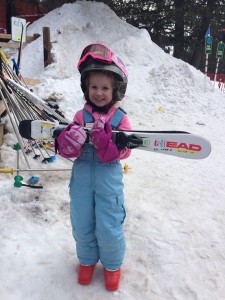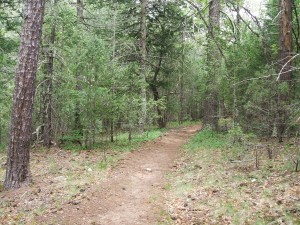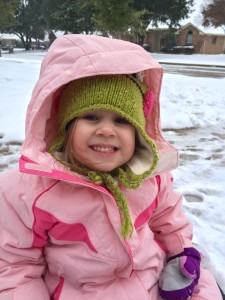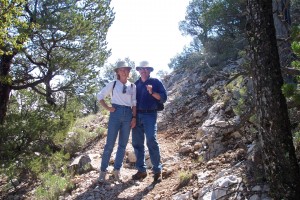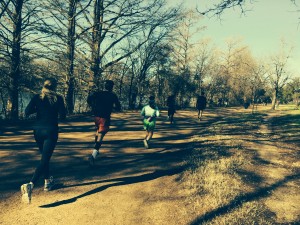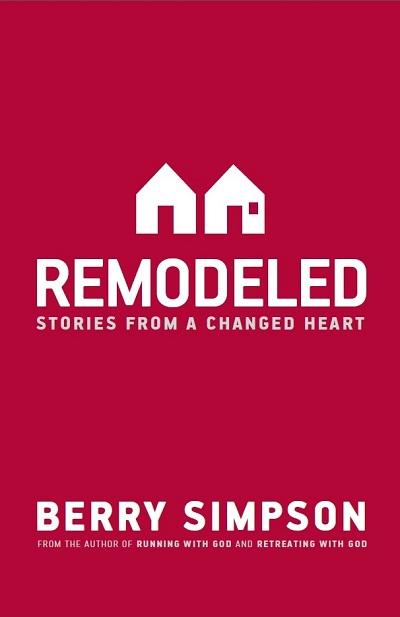There are surprising advantages to growing older; each year is a slightly higher platform for viewing the past. And so, just last week, from my current vantage point on the threshold of turning 59, I captured a new picture of life.
While listening to a Mosaic Podcast in which Hank Fortner spoke about faith and wisdom, I pondered a question he asked, one often used by motivational speakers and goal-setters: What would you attempt if you knew you couldn’t fail?
I thought about how personal failure has changed me and shaped our family’s life. I started making a list of what would have been different if I’d gone through life never failing.
Who would I be if I never failed? I …
…would be braver, knowing I couldn’t fail, but without the risk of failure what is the meaning of courage?
…would’ve never learned humility from having to start over being laid off so many times
…would believe our family destiny, safety, and success, depended solely on my economic decisions
…would’ve never experienced the restless heart that’s pulled me toward God
…wouldn’t have needed all those time-consuming and often painful training runs before each marathon
…would’ve succeeded in my first attempt at the Golden Yucca Marathon, never fully appreciating how difficult it was
…would’ve missed the deep spiritual meditations that came from those long training runs
…would have the same self-sufficiency I had when I was 20
…would’ve never experienced the strengthening, maturing, and seasoning, that comes from a failure-laden journey
…wouldn’t have sought out sages for wisdom and advice
…would still think success was all about me
…would have no patience with those who are suffering, for those who fail
…would have leaped up the corporate ladder moving to California, missing so many ministries and relationships in Midland
…wouldn’t know what it means to prepare
…would’ve jumped into teaching opportunities way too soon
…would’ve never needed, understood, or experienced forgiveness
…wouldn’t have learned to listen to advice
…would be worthless to anyone asking my advice
…would’ve never learned to give credit to others
…would’ve never learned to recognize bad advice
…would’ve never learned the details of why success happens
…would not understand or know risk; without risk there is no room for love, only conquest
…would’ve never learned that contingency plans are often better than original plans
…would’ve never learned how to learn
…would’ve never known anyone smarter than me
…would’ve never learned the joy of spontaneous improvisation in sticky situations
…would’ve never known how much I needed grace; never learned how to give grace away
We love to quote the movie, Apollo 13, “Failure is not an option,” but it’s wrong. Failure is not only a live option, it is a certainty. And if the oxygen tank in the Apollo 13 Service Module hadn’t failed, turning a moon landing into a rescue mission, NASA would never have had their “finest moment.”
But embracing the value of failure isn’t enough. Hank Fortner followed up his original question with this idea – that as Christ Followers safe in God’s embrace, failure shouldn’t scare us. A better question to ask ourselves would be: What would you do if you knew failure didn’t matter?
“I run in the path of Your commands, for You have set my heart free.” Psalm 119:32
I need your help. If you enjoyed reading this, please share with your friends. You can find more of my writing on my weekly blog, read insights on Tumblr, and follow me on Twitter and Facebook.








